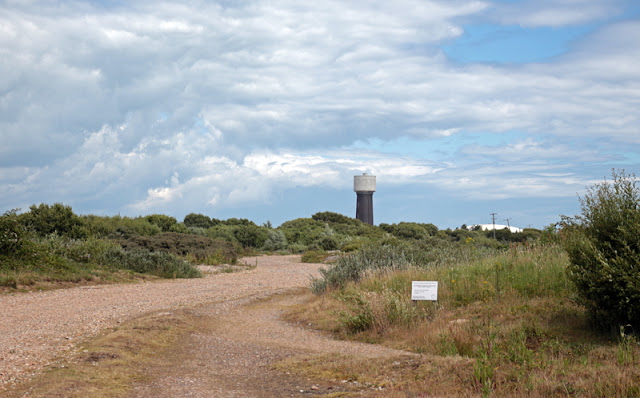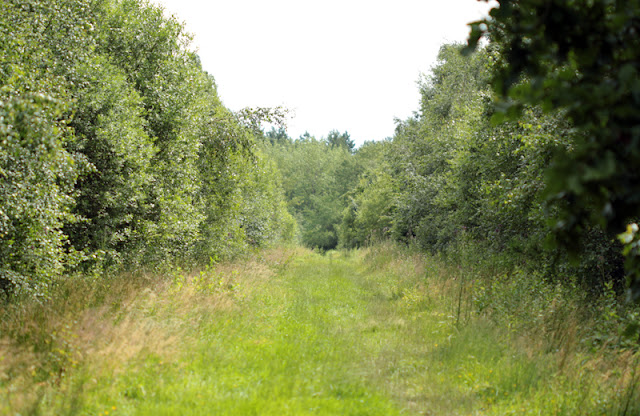Bogs, Shingle & Sand Dunes, Kent 17th July 2016 Part 2 - Shingle

A large shingle habitat in Kent can only be at Dungeness, a huge peninsular of shingle deposited by the sea over at least 2 thousand years. Viewing maps from Roman times onwards, you can see how it has grown into the huge area it is today as shingle is swept from the Western side of Dungeness and deposited along the Eastern beaches. The whole area is a National Nature Reserve, within which there is the RSPB reserve. This is a fantastic place for botany, but wasn't where I went this day. Opposite the RSPB main entrance is another less well trodden part of the reserve called Boulder Wall and was a former ARC shingle quarry/gravel pit. The habitats range from the obvious dry, desert like conditions of shingle ridges, to sandy areas, left over from the gravel pit days and to lakes and ponds formed from deeper gravel extraction into the water table. This provides for a variety of species, many very rare in Kent. It was a very hot and breezy day to start with, so as a result

